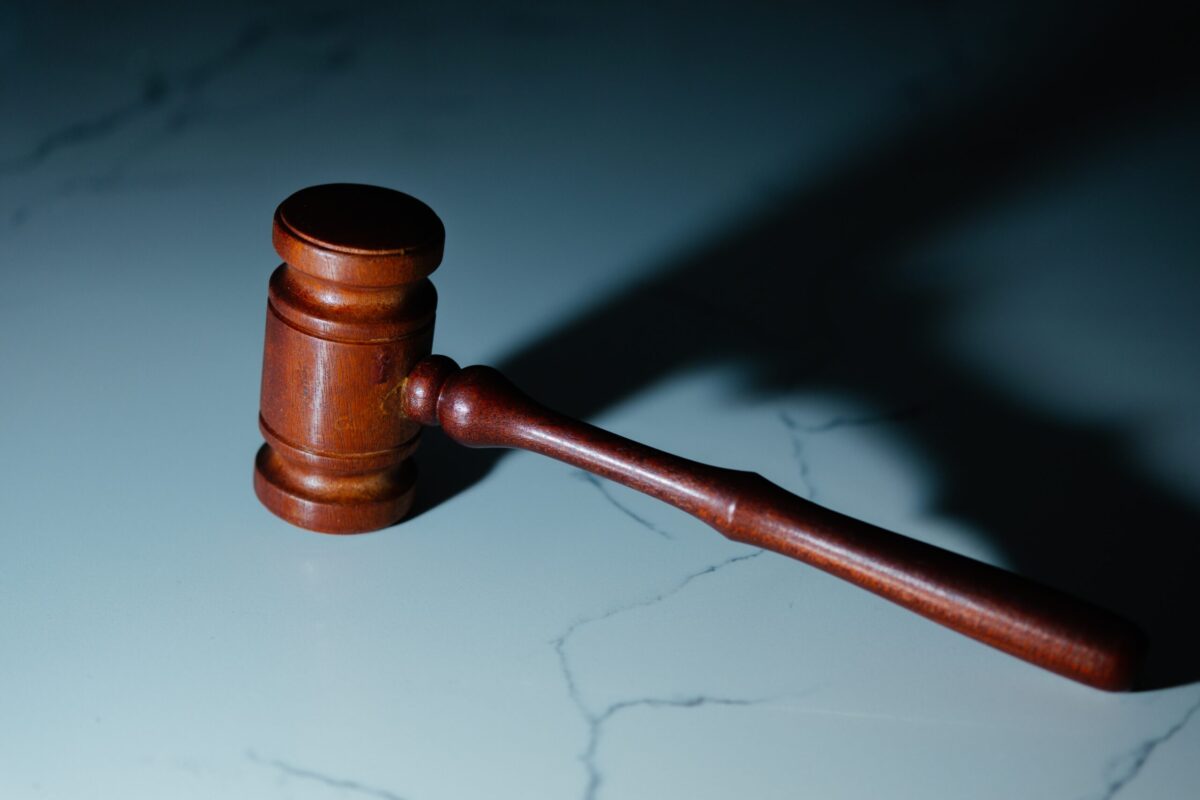Giving the first testimony in his defence at trial, Sam Bankman-Fried admitted to making mistakes when he was at the helm of running the now-defunct cryptocurrency exchange FTX.
The 31-year-old took the stand in front of the jurors for the first time in his fraud trial on Friday. Saying that he had made “a number of small mistakes and a number of large mistakes”, he conceded that “a lot of people got hurt” in the collapse of FTX. The biggest mistake, he said, was not implementing a dedicated risk management team.
However, when asked by his lawyer, Mark Cohen, if he defrauded anyone or took customers’ funds, Bankman-Fried answered, “No, I did not”.
SBF then deflected the blame to his co-workers, particularly, former CEO of Alameda Research and his ex-girlfriend, Caroline Ellison. He told the court he had asked his sister company to hedge its risks.
He claimed that Ellison did not listen to his advice. When asked by the defence lawyer whether she had considered his advice that Alameda should “get shorter” to mitigate its risks, Bankman-Fried replied saying “no”.
The founder of the now-fallen cryptocurrency exchange stands accused of wire fraud, securities fraud, and money laundering in his ongoing trial which started on 3 October. He allegedly misled the exchange’s customers and defrauded lenders associated with his cryptocurrency hedge fund, Alameda Research.
The trial has been a witness to a number of top executives who are associated with FTX taking the stand. This includes SBF’s former colleagues and inner circle like Caroline Ellison, former FTX director of engineering, Nishad Singh, and former FTX chief technology officer, Gary Wang. They all testified against the crypto titan, accusing him of specifically directing them to allow Alameda in using FTX customer funds and to hide those actions from the companies’ investors.
Laying the blame on former colleagues
A key defence strategy taken by the lawyers was in blaming former FTX employees and colleagues of Bankman-Fried. In doing so, they first tried to portray both FTX and Alameda Research as legitimate and well-intentioned businesses.
Previously, prosecutors had highlighted Alameda’s ability to “go negative” as the main factor which led to the firm withdrawing limitless amounts of FTX users’ money. This also allowed Alameda to avoid having its positions liquidated.
According to the FTX founder, this feature was implemented to fix a bug in the exchange’s risk-management system. Explaining the “allow-negative” feature further, Bankman-Fried put the blame on his former colleagues, Wang and Singh, who previously took the stand in the trial as prosecution witnesses.
As stated by SBF, both Wang and Singh implemented the system in response to Bankman-Fried’s unspecific guidance to fix the error. In doing so, he had only “supervised” both the executives. However, he alleged that they had the power to make their own decisions as Bankman-Fried just served more as an adviser.
Taking precautionary measures
Bankman-Fried’s Friday testimony also touched upon the topic of the former CEO and his colleagues customarily deleting company communications on the messaging app Slack. The prosecution had highlighted it as a possible sign that the group of FTX executives had something to hide.
Responding to this, SBF said that in auto-deleting the communications, he was merely following a rule that he picked up during his days as a young quantitative trader at Jane Street. Referring to the “New York Times test”, Bankman-Fried believed that “anything that you write down” had some chance of it ending up on the front page of “The New York Times”. “A lot of innocuous things can seem pretty bad” without context, he added.
The trademark look
In Ellison’s testimony, the former Alameda CEO had described Bankman-Fried’s look as “sloppy”. According to her, he wanted his image to be like that of a typical Silicon Valley nerd who knew how to code but didn’t care much about fancy designer clothes or cars.
Ellison had also recalled SBF saying that “he had gotten higher bonuses because of his hair” and told his colleagues at his companies that his hair “had been very valuable to his career”. Similar things were said by the other inner circle members about the purpose of SBF’s trademark look.
Contradicting this, Bankman-Fried said that his choice to wear shorts and a t-shirt was out of “comfort” and the reason for keeping his hair long was because he was too “busy and lazy” to get it cut.
He also testified saying that he did not intend to be the public face of the FTX exchange. Giving a few interviews early on as the CEO of FTX “did well” which led to more requests despite that he was “naturally somewhat introverted”. After a while, it was too late to find a new face to represent FTX, said SBF.
The defence also made Bankman-Fried talk about the purchase of the naming rights to the basketball team Miami Heat’s arena, which led to FTX spending $10million a year. According to the FTX founder, that was a reasonable purchase as $10m a year at that time equaled 1% of FTX’s revenue.
Bankman-Fried therefore thought that the purchase was warranted as believed the sponsorships of arenas to be “above and beyond” in name recognition value.
Filtering out of SBF’s defence
Last Thursday, Judge Kaplan had wanted to be the first one to review SBF’s statements to check if they would be acceptable before it reaches the jury.
Before SBF started testifying on Friday, he ruled that his defence can include testimony about the role FTX lawyers played in deleting internal communications but not that wider-ranging testimony about FTX’s lawyers.
When the former CEO took the stand without jury on Thursday, he had revealed that he wanted to direct blame toward former FTX General Counsel Dan Friedberg and outside law firm Fenwick & West. However, the judge didn’t grant an advice-of-counsel defence across all the topics sought by the defence. When it comes to talking about lawyers, the judge said that he will only let jurors hear about FTX’s document-retention policy.


